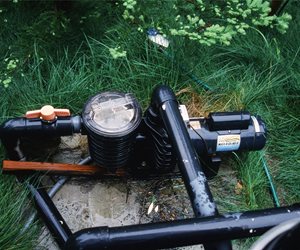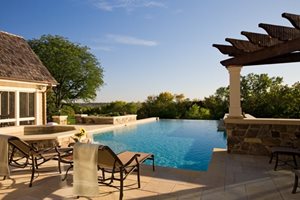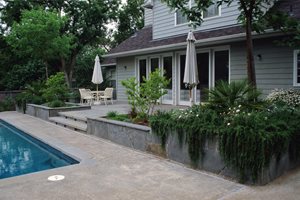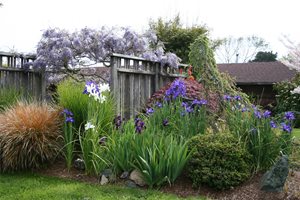Utility Locations
How underground water and sewer will influence plantings and design
Whether they be major utilities or pipes and wires to your spa, the presence of this kind of mechanical infrastructure should be respected by the site plan.
Existing utility locations are vital to every designer. These are major constraints that limit what you can plant or build relative to the utility. For example, your designer should never plant trees or shrubs near underground water and sewer lines. Roots naturally seek water and will cause big problems here, as well as areas of septic tanks and leach fields. Trenching or digging in the area of underground utilities is equally dangerous due to potential damage and costly repairs.
Overhead utilities are as important when it comes to planting trees. Power and phone companies are strongly opposed to planting any kind of tree beneath their lines not only due to conflicts with the branches, but it limits accessibility for workmen. In storm winds, trees in utility wires can spark fires as the insulation is rubbed off the wires by branch abrasion.
Access to utility meters is also an important part of the site plan. It dictates where fences and gates are located to allow entry for the meter readers. This is equally important for access to air conditioning units or underground crawl spaces for raised foundation homes.

 Backyards
Backyards
 Front Yards
Front Yards





